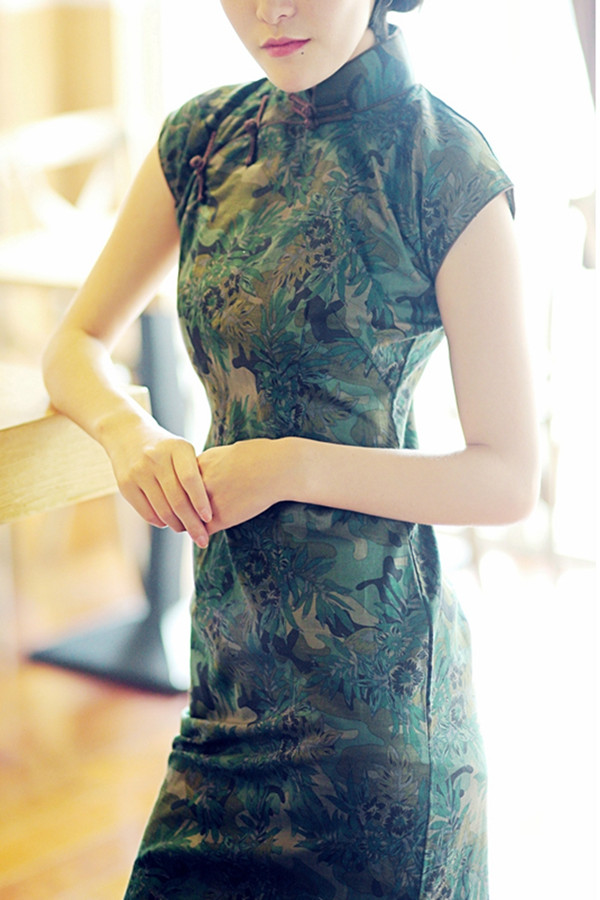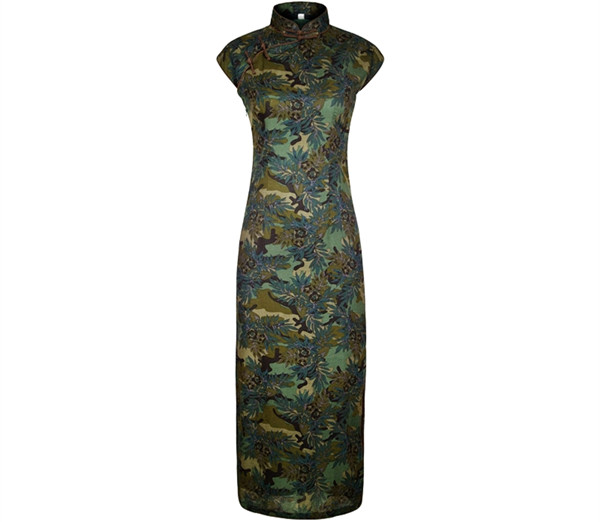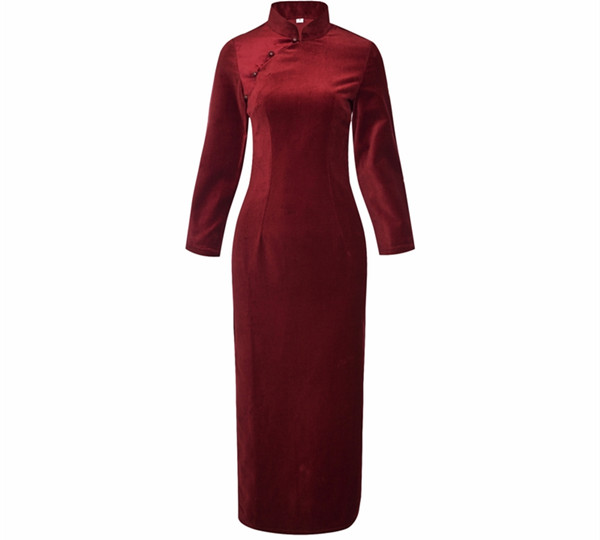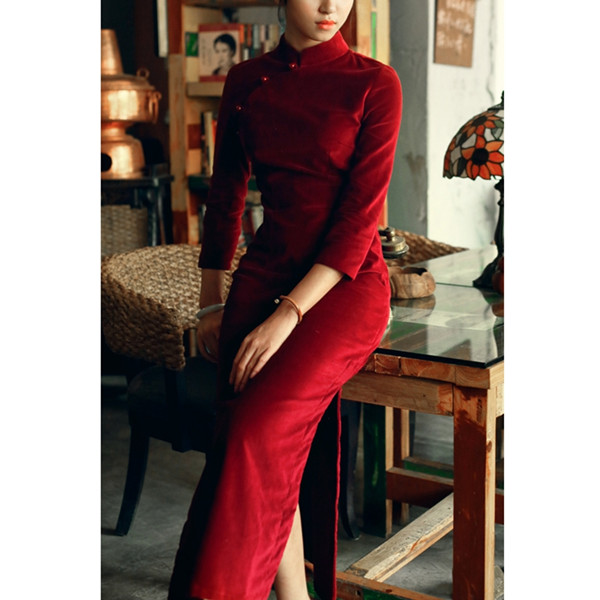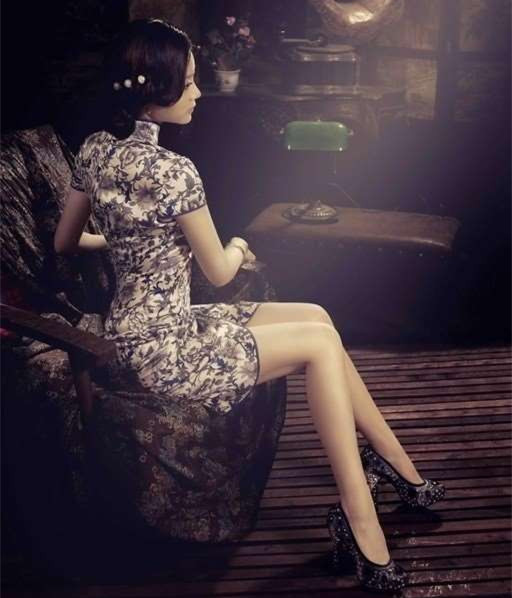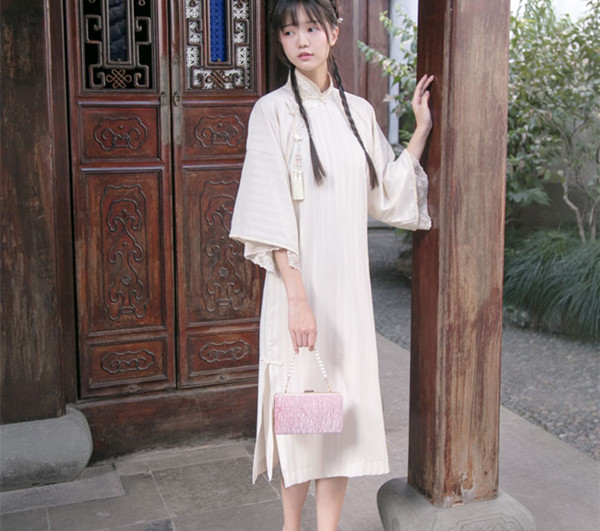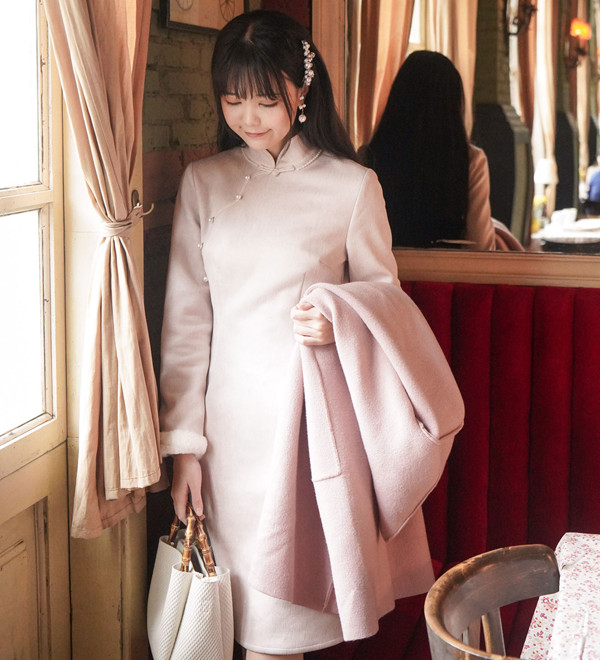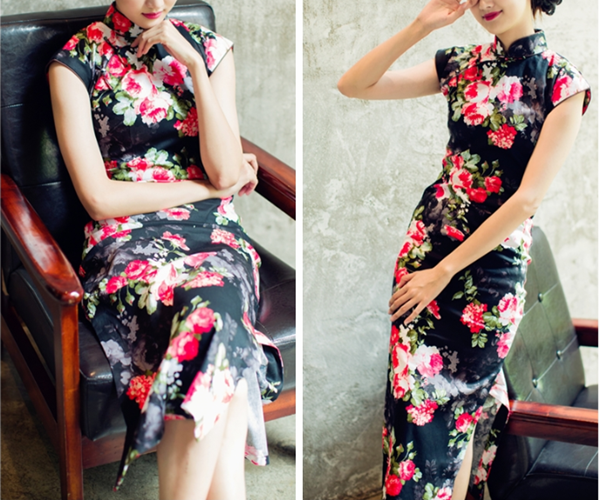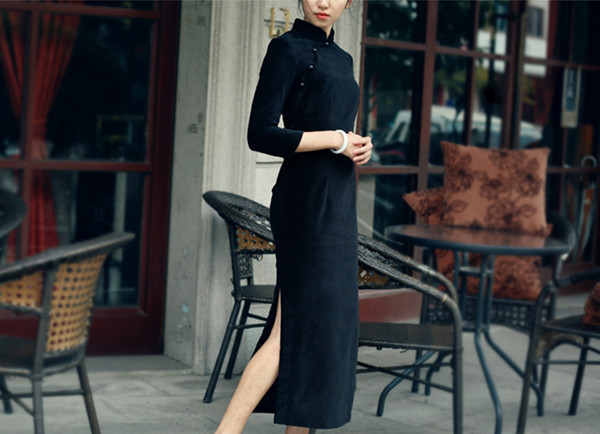Brief Introduce of Kunqu Opera
Kunqu Opera, which is also named Kunshan Vocal Cavity or Kun Opera, is believed to be the origin of all the other Chinese operas and it has also been considered to be a kind of art which appeals highbrows only. With a long history of over 600 years, Kunqu Opera originated in Qiandun Town, Kunshan County of Jiangsu Province at the end of the Yuan Dynasty(1271AD-1368AD), and it became quite popular in China in the Ming(1368AD-1644AD) and Qing(1644AD-1911AD) Dynasties. Kunqu Opera is actually a kind of very comprehensive art combining literature, history, music, dancing and esthetics.

In the year 2001, it was entitled the World No 1 Oral and Intangible Cultural Heritage by the UNESCO. Nowadays there are in China six Kunqu Opera troupes and one Kunqu Research Institute, including the Sukun Opera Troupe of Jiangsu Province, the Jiangsu Provincial Kunqu Opera Troupe, the Shanghai Kunqu Opera Troupe, the Zhejiang Provincial Kunqu Opera Troupe in Hangzhou City, the North China Kunqu Opera Troupe in the city of Beijing, and the Hunan Provincial Kunqu Opera in the city of Chenzhou, Hunan Province, which are all professional organizations of Kunqu Opera. And there is also the Yongjia Kunqu Opera Research Institute in Zhejiang Province.
The Chinese government has already held the China Kunqu Opera Festival for three times till now and there are also numerous non-governmental Kunqu Opera clubs all over China as well as in the whole world.
Recommended Kunqu Opera Museum
If you want to personally appreciate the unique glamour of Kunqu Opera, the Museum of Chinese Kunqu Opera should be your first choice. China Kunqu Opera Museum is located in the All-Jinhui Hall of Zhangjiaxiang, Pingjiang Road, Gucheng District, Suzhou City, Jiangsu Province.

It was originally named Suzhou Opera Museum that was built in 1986 and it has been constructed in ancient Chinese architectural styles, creating an artistic ambience of Kunqu Opera. The main ornament plants in the museum are orchids, which could manifest the pureness, elegance and exquisiteness of the classic Kunqu Opera. After the hard work of the local people in the past fifty years, the Museum of Chinese Kunqu Opera nowadays has collected numerous precious manuscripts and scenarios as well as tens of thousands of pieces of antiques, materials, and historical records of Kunqu Opera. Inside the museum there are displays of the exquisite ancient opera stage from the Qing Dynasty, the exhibitions of the different types of roles, antiques , historical records, and introductions of famous Kunqu artists and their masterpieces. Nowadays the Audio-video Center of Kunqu Opera in the museum is being constructed and special performances of the opera could be watched almost in every week.
The History of Kunqu Opera
It took quite a long period for the ancient people to absorb different vocal cavities and at last developed and improved the art of Kunqu Opera. As early as in the periods of the Song(960AD-1279AD) and Yuan(1279AD-1368AD) Dynasties, the Chinese operas had been divided into two groups, including the northern operas and the southern operas, the latter of which had quite different singing styles in different regions. At the end of the Yuan Dynasty, Gujian, who was believed to be one of the founding fathers of Kunqu Opera, worked together with other artists and sorted out and improved all the original different tunes and singing styles popular in Kunshan area before they at last developed the Kunshan Vocal Cavity, which was the early form of today’s Kunqu Opera.
Then during the reign of Emperor Jiajing in the Ming Dynasty(1368AD-1644AD), Weiliangfu, who was an outstanding opera artist, made some reformations and innovations to the rhythm and singing styles of the original Kunshan Vocal Cavity , absorbed the excellent features of some of the other southern operas including the Haiyan Opera and Geyang Opera, and in the meanwhile fully developed the features of smoothness , beauty, and abundant imagination of the original Kunshan Vocal Cavity. In addition, the feature of precise structures as well as the singing styles of the northern operas were also absorbed, and some musical instruments such as flutes, Xiao, which is a kind of vertical bamboo flutes, Sheng, which is kind of reed pipe wind instrument, and Chinese lutes were played to accompany the performance, as a result, a brand new kind of opera—Kunqu Opera was formed, full of exquisiteness and grace and combining all the excellent features of both the northern and southern operas.
After that, another famous artist Liangzhenyu from Kunshan city, made more research and improvements to the Kunqu Opera, based on the achievements already accomplished by Mr Weiliangfu. At the end of Emperor Longqing’s reign, Mr Liang compiled Huanshaji, whcih was the first Kunqu poetic drama in Chinese history and largely expanded the popularity of Kunqu Opera after its performance on the stage. Later, more and more scholars and artists began to write numerous dramas in the melodies of Kunqu Opera, as a result, more and more people began to learn the opera. At last, Kunqu Opera became one of the four most famous operas in the Ming Dynasty, and the other three included Yuyao Opera, Haiyan Opera and Geyang Opera.
At the end of Emperor Wanli’s reign(in the 1620s), as a result of the widespread performance, Kunqu Opera was spread to other places such as Beijing City and Hunan Province through the city of Yangzhou, and it quickly became the No 1 opera as well as the only one standard singing style for the performance of different poetic dramas in many areas of China. At that time there was a popular saying which went like this, ‘Kunqu Opera was always performed in whatever opera stages of whatever places in China’. At the end of the Ming Dynasty and the beginning of the Qing Dynasty, Kunqu Opera was spread to provinces of Sichuan, Guizhou, Guangdong, etc, and it became an opera enjoying national popularity.
The Development of Kunqu Opera
Originally, Kunqu Opera was performed in the Suzhou vocal cavity, however, after being spread to other places, it was combined with the different local dialects and folk music, and therefore there came the various groups of Kunqu Opera, which made the Kunqu family much more colorful and abundant, at last, Kunqu Opera became one of the most representative national operas of China. Kunqu Opera was developed to its golden age during the reign of Emperor Qianlong(1735AD-1796AD) of the Qing Dynasty. From then on, it continued to be the No 1 opera on the stages of China in the following six hundred years. Nowadays it has become one of the oldest operas with a splendid tradition and history both at home and abroad.
According to the research of scholars, the esthetics represented by Kunqu Opera outwardly belongs to the southern Chinese culture, especially the culture of the regions in the south of the Yangtze River, however, substantially speaking, the cultural identity of the opera does not belong a specific historical period or geographic area, it is actually a combination of esthetic pursuit and artistic creations of the Chinese scholars from various parts of the country. Just because it is the result of the Chinese scholars’ elegant taste and refined pleasure, it is quite powerful and could be spread widely in China , and moreover, during the spreading process, it has always by and large been maintaining the consistency of its inward and outward esthetics.
As the traditional cultural art of the Chinese nation, Kunqu Opera is one of the oldest traditional Chinese operas and also an rare art treasure in the opera family. It has been called an orchid from the spring garden. The operas that had the widest influence in China between the middle age of the Ming Dynasty and the middle age of the Qing Dynasty were mostly developed on the basis of Kunqu Opera, which therefore nowadays has also been well known as the Father of Chinese Operas. Kunqu Opera has the most integral performing system in the history of Chinese operas , and with its colorful contents and abundant heritages as well as representing the fruit of highly developed Chinese national cultural art , the opera has played in Chinese history a very important role in the development of literature, operas, music, and dancing.
Types of Roles in Kunqu Opera

Sheng: Sheng refers to the young male character type in Kunqu Opera. It includes two basic types—Jinsheng and Guansheng. Jinsheng in Chinese means one who wears a turban, and usually young intellectuals or successful candidates at the imperial examinations in the provincial level in the Ming and Qing Dynasties wore turbans on their heads. For example, the character Liumenghai in opera ‘The Peony Pavilion’ is a Jinhsheng. Guansheng in Chinese actually means young government officials, and examples of Guanhsheng include Xujizu in opera Bailushan, and Tangminghuang in opera Changshengdian. Those actors who wear artificial whiskers in Kunqu Opera are called Big Guansheng.
Dan: Dan refers to the female characters in Kunqu Opera and it includes five different types such as Laodan, Zhengdan, Sidan, Wudan and Liudan. Laodan refers to the old female characters, such as Mrs Cui in opera Nanxixiang, Zhengdan refers to the middle-aged female characters who have had a lot of hard experiences and are quite strong-willed , such as Mrs Cui in opera Cankeshan, Sidan refers to the female characters who are good at marshal arts, and it is also called Murder Roles, such as Feizhene in opera Tieguantu. Wudan, which is also called Boudoir Roles, refers to young female beautiful characters who have got married and they are always the main female characters in love stories, such as Duliniang in the Peony Pavilion. Liudan always refers to young maids or servants of Wudan and they are most of the time also main characters in the opera, such as Hongniang in opera Nanxixiang.


Jing: Jing has always been nicknamed Colorful Face and it includes Damian and Baimian. The former has also been known as Big Colorful Faces, which mainly contain roles of loyal government officials, kings or emperors, and gods or deities, such as Emperor Zhaokuangyin in opera Fengyunhui. And the latter mostly refers to vicious and mean people, such as the treacherous government official Qinhui in opera Jingzhuiji.

Mo: Mo refers to the middle-aged and old male characters who wear artificial whiskers. It includes three types,such as Laosheng, who are usually very good at marshal arts, Fumo and Laowai. The characters of Laosheng are usually young men who enjoy very high social status and who are mostly the main characters in the opera, examples include Suwu in opera Muyangji, and Linchong in opera Baojianji. Fumo usually refers to the minor roles, who are usually lower class servants, such as Licheng in opera Jingchaji. Laowai refers to old characters, who are mainly important officials of the imperial court, such as Wuyuan in opera Huanshaji.
Chou: Chou is also known as Small Colorful Face and it includes two types of roles, such as Xiaochou and Fuchou, who usually make some antics or speak some humorous words to make audiences laugh. The characters of Xiaochou are usually kind-hearted and humorous unimportant people, such as the role of Benwu in opera Niehaiji, and the characters of Fuchou are vicious and cunning people of high social status, such as Yanyuji in opera Ynazizhan.


There is actually another kind of roles of little importance in the opera and therefore they are not taken as the main type of characters in the opera. They are extras with no names or titles, such as carters, boatmen, umbrella men, unimportant minor officials, eunuches , maids in the imperial palace, and utility men.
Generally speaking, a traditional Kunqu Opera troupe only needs 18 actors and actresses in total. Only in a few very big opera troupes there are twenty seven performers. Normally a troupe that has ten performers that contain all the main types of characters could give performances and other characters in need could be replaced by those whose roles are the similar types. The ten performers mentioned above are also called ‘Ten Main Pillars’ of the troupe, and they are Jing, Guansheng, Jisheng, Laosheng, Mo, Zhengdan, Wudan, Liudan, Fu, and Chou, and the quality of the performance mainly depend on the acting of four roles, including Jing, Laosheng, Guansheng, and Zhengdan.
Different types of the roles in Kunqu Opera have their own special performing movements, languages, skills and procedures, which play a very important part in portraying the personalities and mental states of the characters as well as dramatizing the plot and elevating the appeal of the opera. As a result, the intact and unique performing system of Kunqu Opera has been formed.
